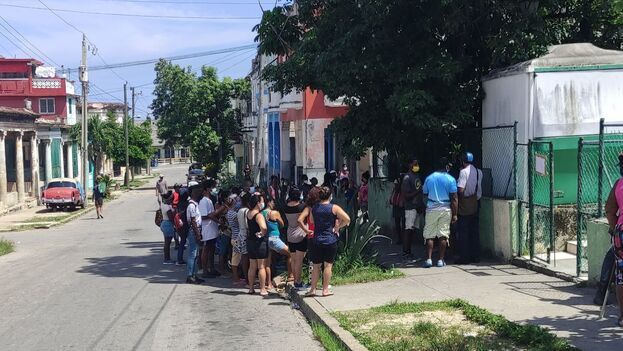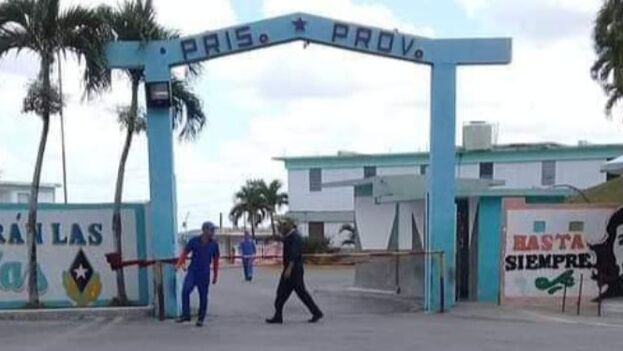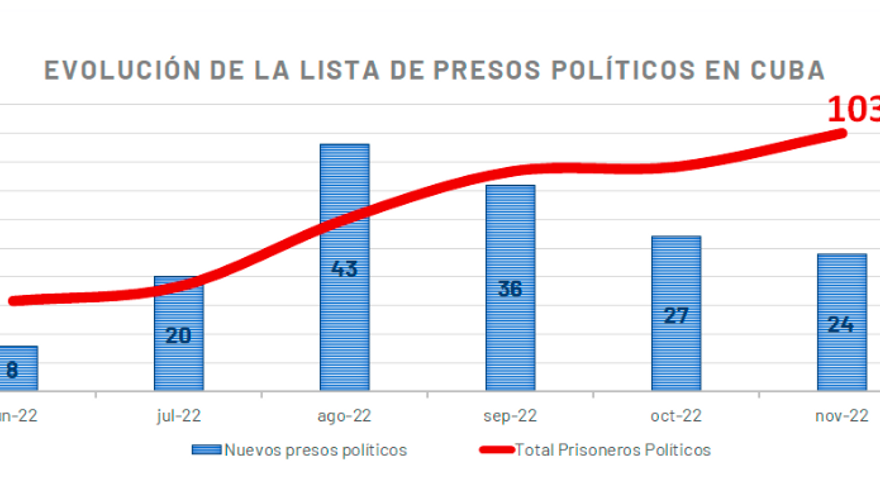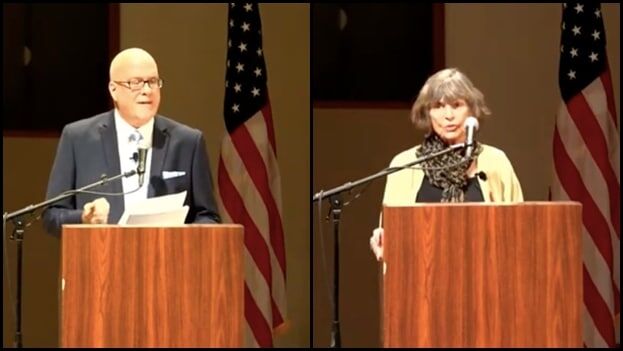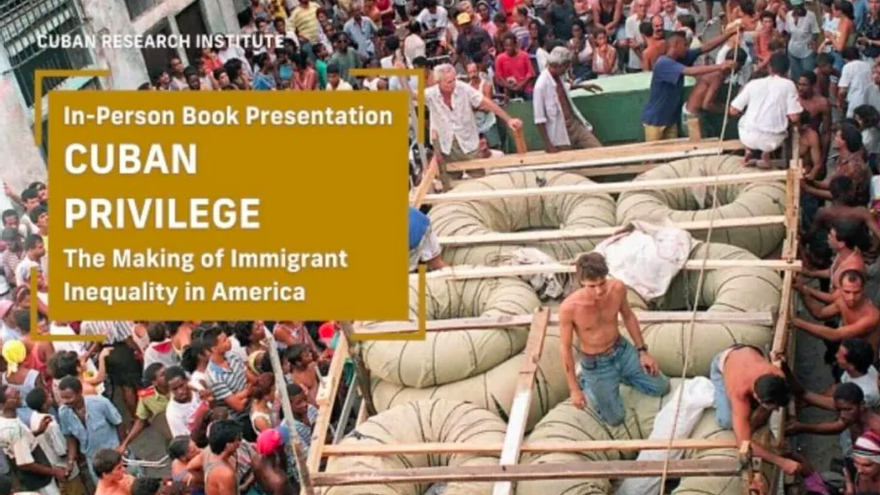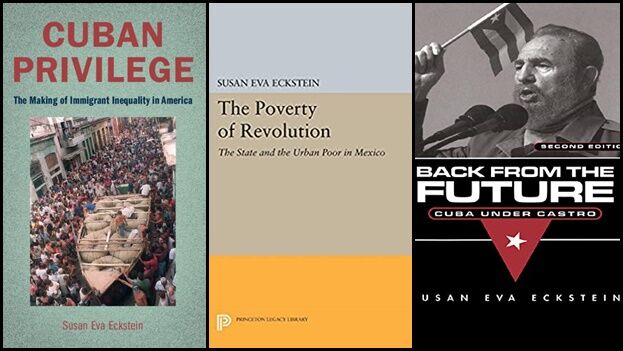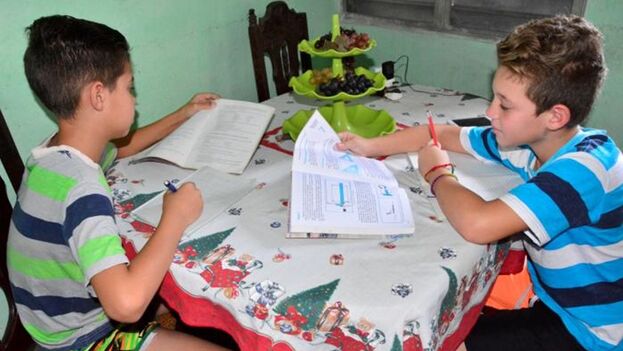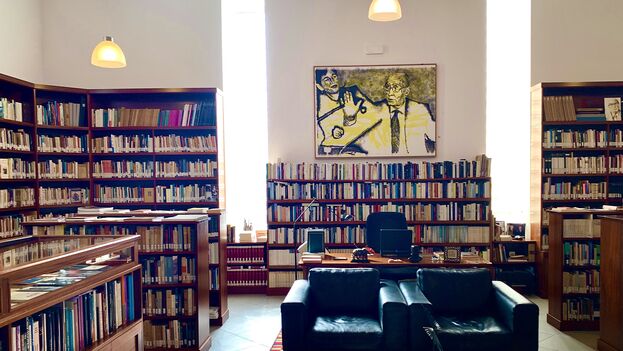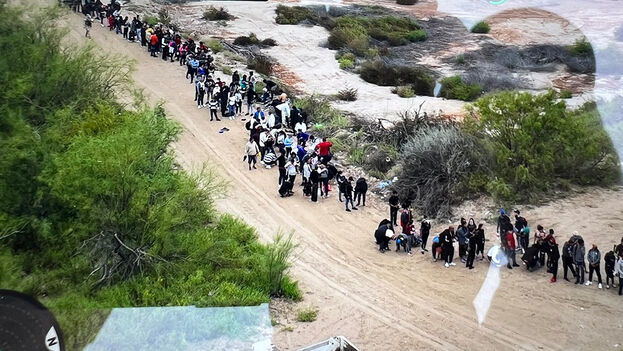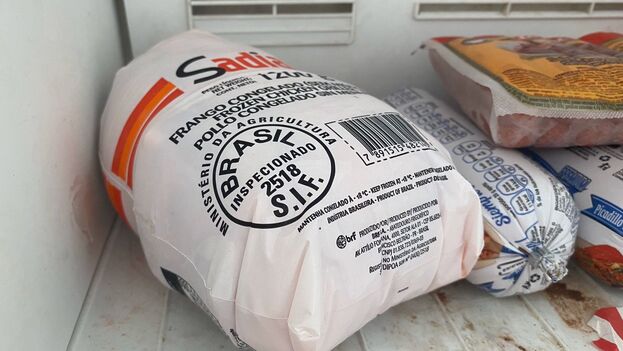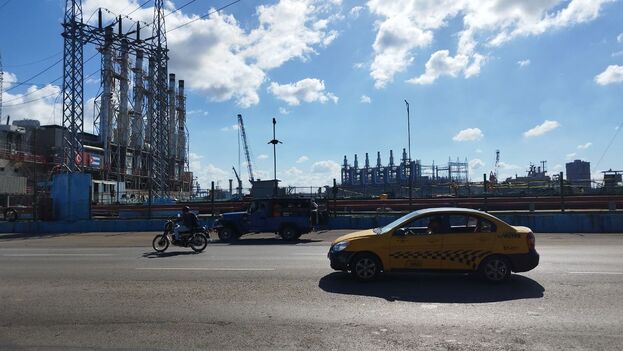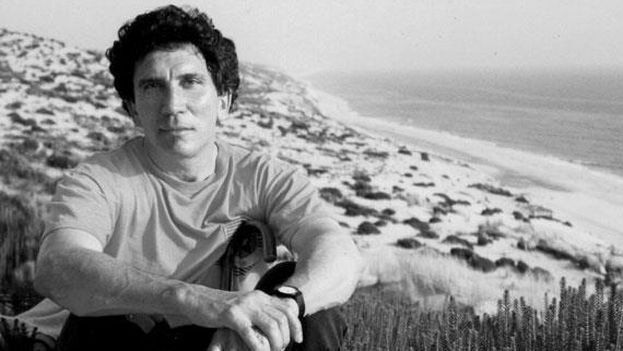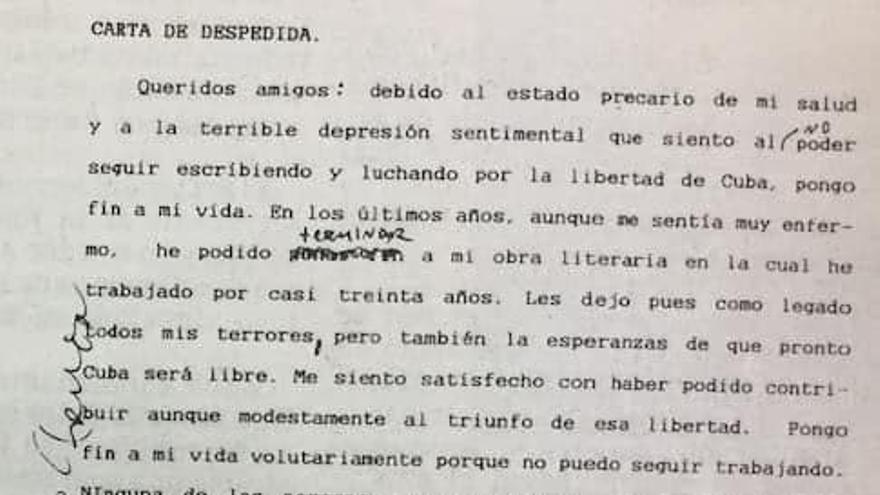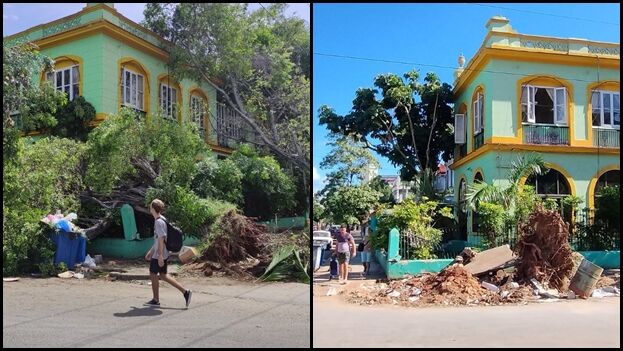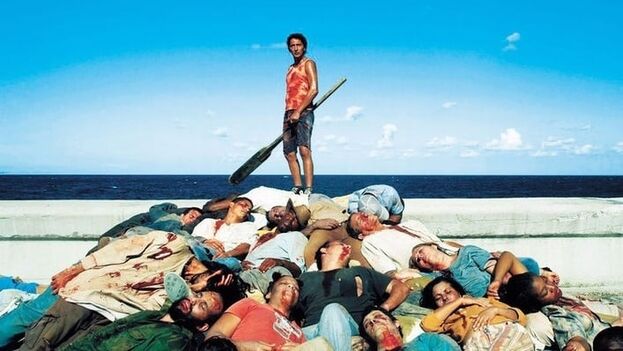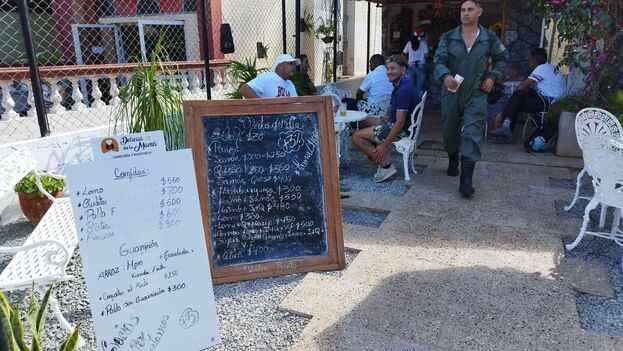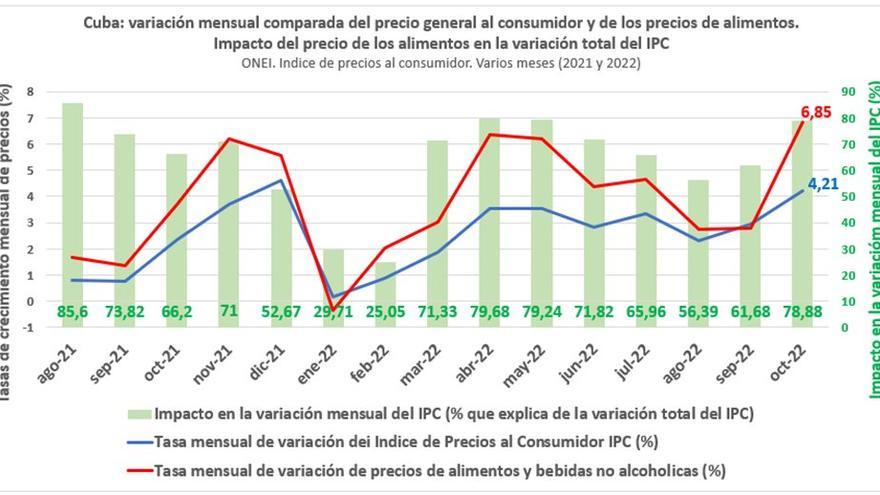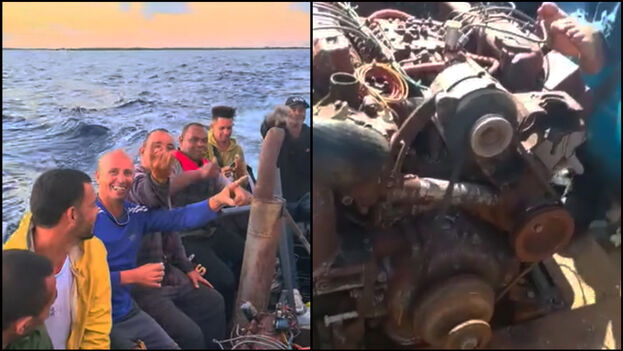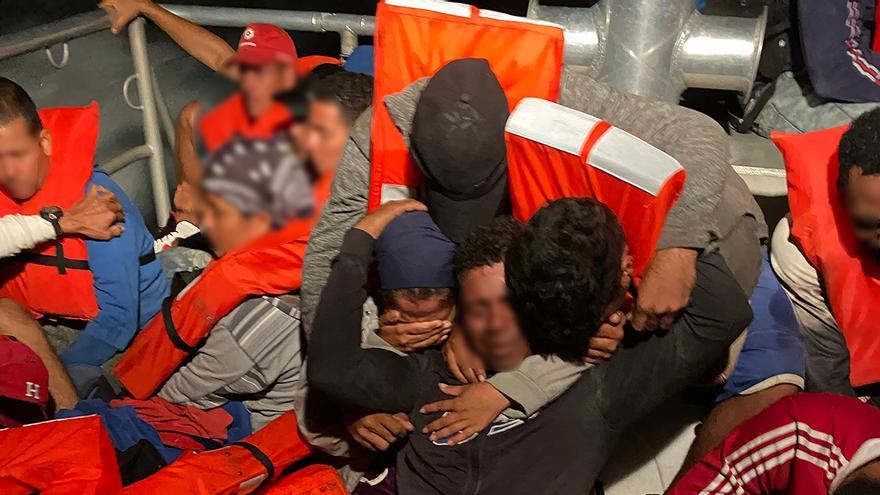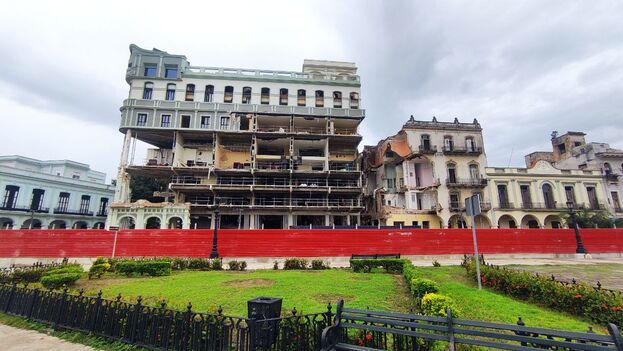
![]() 14ymedio, Havana, 6 December 2022 — Seven months ago, on the morning of May 6, an explosion rocked central Havana, destroying the Saratoga Hotel. It took the lives of 47 people, most of them hotel employees who were finalizing preparations for its reopening, which had been scheduled for May 10. Several neighbors and passersby were also among those killed.
14ymedio, Havana, 6 December 2022 — Seven months ago, on the morning of May 6, an explosion rocked central Havana, destroying the Saratoga Hotel. It took the lives of 47 people, most of them hotel employees who were finalizing preparations for its reopening, which had been scheduled for May 10. Several neighbors and passersby were also among those killed.
While not as serious, the damage was anything but minor for those who lost their homes, especially the residents of the adjoining building, or their vehicles, which were parked on the adjoining streets. For them, the ongoing wait seems eternal.
“They haven’t yet settled on a plan for what they’re going to do with the Saratoga. They’re not going to completely demolish it, just what’s necessary to stabilize the structure. The estimated time is eight to ten months,” one of the area residents tells 14ymedio.
One resident was told by an attorney that he will not receive any compensation until it is determined who is responsible, something that does not seem to be a pressing issue for authorities. “They’re not saying anything. The culprit and the executioner are one and the same,” he says. continue reading
The source, who prefers to remain anonymous, states that he and other victims have not been told of any third-party insurance that would compensate them for their losses. He does point out, however, that the hotel was covered by an insurer whose name he does not know but who will be the one on the hook for repairs.
“The demolition, stabilization and construction of the buildings’ concrete structures will be carried out by Almest (a real estate company operated the Cuban Armed Forces) and the Military Construction Union (UCM), together with a French company,” he explained. Although it is not yet known which company that might be, the French firm Bouygues has previously partnered with the state to build twenty-two luxury hotels on the island, including the Gran Hotel Manzana Kempinski, which faces Central Park in Old Havana.
According to the source, neighbors hope that Almest and UCM will be the ones to carry out the project from start to finish because, it is felt, “they have the best materials, technology and technical staff.” The hotel’s structure is linked to that of 609 Prado — the neighboring property, which suffered extensive damage — and the Baptist church. The three must work together, although the government’s plan is to restore the Saratoga and demolish the two others.
“Diaz-Canel said from the beginning that these buildings were going to share the same fate, though they won’t all be completely demolished. They say that they’re going to redo them, not the same as before in terms of design, but that their previous sizes — the square meters of each apartment — will be respected” he adds.
For the time being, the architectural design of the new buildings will be handled by Havana City Design with funds provided by the government and the Ministry of Planning and Housing. “This is all we know. They’re not even saying what will happen later, although they mention that the decision to tear down 609 Prado and the church might be in the hands of the Ministry of Construction.”
As for the residents, the source says that they will most likely continue to be temporarily housed at Villa Panamericana. “I estimate this will take four or five years, if they’re lucky,” he admits.
One of the residents, Barbara Tenreyro, regularly posts monthly recollections of the event on social media. On November 6, the six-month anniversary of the explosion, she once again painfully described what she lost that day.
“It’s been four months but it feels like yesterday,” she writes. “That’s when, amidst all the pain of what we lost, we began fighting to have our houses rebuilt, to be heard, for our problem to be given priority in the midst of so much chaos. Because of the delay, many of our neighbors will not be able to enjoy their newly remodeled homes. For them, it will be as though they died the same day as the deadly incident. For those of us who remain, we hold in our hearts the hope that we’ll be able to return to our homes, to restart our lives. We are eternally grateful to those whose worked and sacrificed to see that we received donations and to everyone who expressed their support during this time.”
____________
COLLABORATE WITH OUR WORK: The 14ymedio team is committed to practicing serious journalism that reflects Cuba’s reality in all its depth. Thank you for joining us on this long journey. We invite you to continue supporting us by becoming a member of 14ymedio now. Together we can continue transforming journalism in Cuba.

